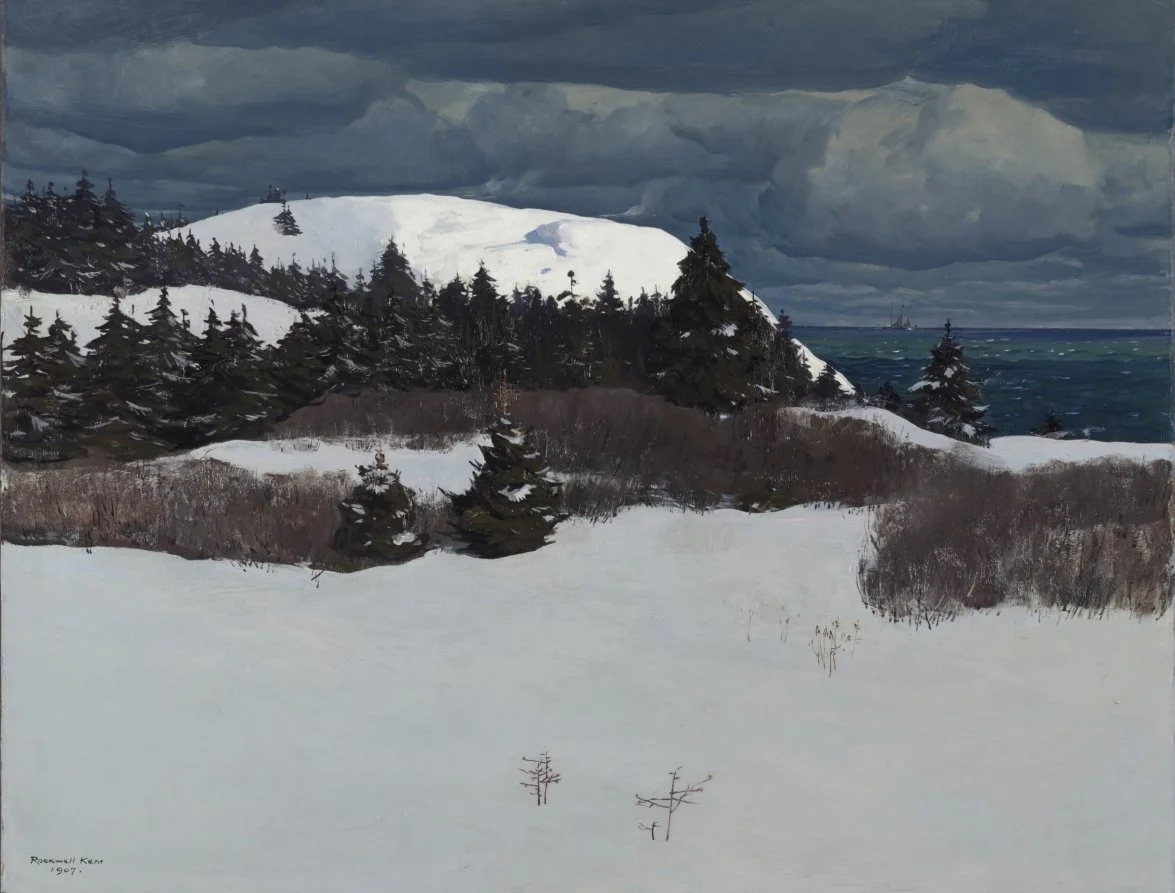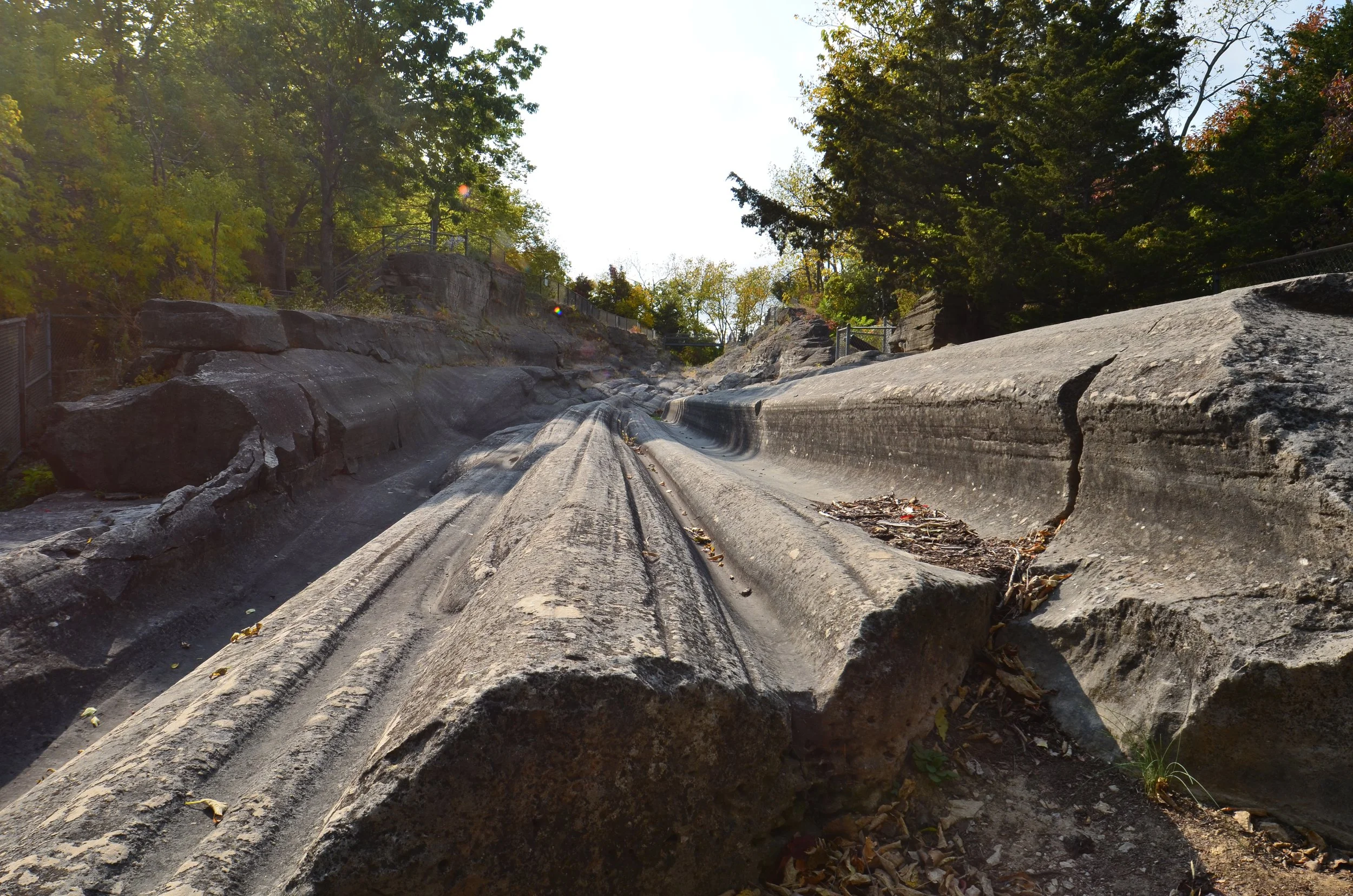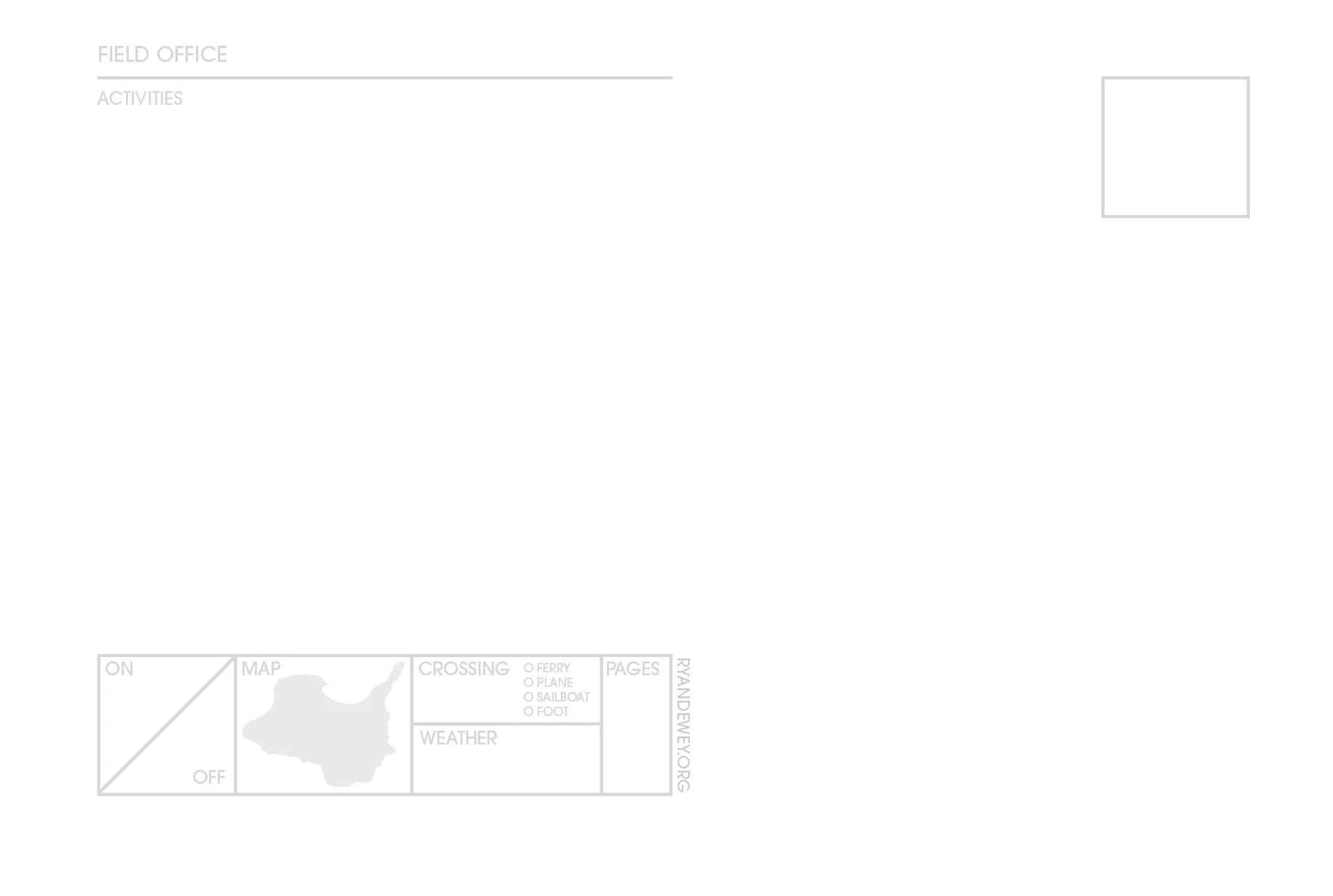10. TWISTS & TRANSFORMATIONS
Looking at this picture, my body remembers the weight of the air. I was working in Papua New Guinea on an ethnographic research project in 2000 or 2001, and after walking three days through the jungle, we came to this clearing. To this day even my lungs have a memory of the humidity.
I spent most of my 20s in hot places: Papua New Guinea, Hawaii, Nigeria—which was fine with me because I hated winter. And then one December I moved back to Cleveland, Ohio. A year later I was shoveling my way out of waist-high snow drifts and trying to come to terms with being cold. The next year a snowplow knocked me over with a punch of salty, slushy snow. I was truly miserable.
Then one day I came across this early Rockwell Kent painting at the Cleveland Museum of Art and I realized Kent saw something in winter that I didn’t. So I spent an obsessive number of hours closely viewing this painting, counting the hundreds of different blues and whites Kent mixed in 1907 to express this scene of the coast of Maine and my attitude began to thaw.
But it wasn’t until I had a transformational first encounter with the landscapes carved by the Laurentian Ice Sheet on Kelleys Island in Lake Erie that I started to shift my attention away from the equator and toward my longing for ice.
Which brings me to this odd moment in my practice where I’m planning an expedition to Baffin Island, but I know that I’m still a few years away from this trip being a reality. As you know, I found a granite erratic in Ohio that was moved south from the Canadian Shield by the Laurentian Ice Sheet, and I’ve been working on identifying the parent bedrock.
Today I’m announcing an extension of this project in which I will be closely observing, engaging and interpreting the glacially shaped landscapes of the Lake Erie islands over the next two years, through my field studio based on Kelleys Island.
My goal is twofold: 1) to better understand the entire region in which I found the foreign stone, and 2) to get better at telling the story of the activities of my practice so that I can be better at explaining the actual expedition to Baffin Island.
For this FIELD OFFICE season, I produced a postcard that will act as my timecard to log my activities on the island through the end of 2023. I will complete the postcard in duplicate each time I am on the island, sending one copy to my archive at the Nevada Museum of Art, and the other copy to myself for my studio archive. I will make 20 trips to the island before the end of 2023 and will publish these cards on the FIELD OFFICE project page on this website, along with video updates and ephemeral items to commemorate the work.
obverse
reverse
It’s my intent to treat this fieldwork season as much as possible like an analog of the Baffin Island expedition. Next winter I will fly onto the island and trek with snowshoes across the island pulling the stone that wants to go home behind me on a sled. I’ll spend time training on ice on frozen quarry ponds, and I’ll publish my activities in a number of places.
Which brings me to a final twist on this story of how my practice is evolving—I’ve primarily funded my practice with grants, residency stipends, and awards. I’ve only very rarely offered my work for sale, and I’ve never really produced work intended for ownership. But as I’ve gotten deeper into this story, I’ve started to realize that because my vision is so big, more than ever I need people who are invested in my practice to make these experiences happen. So, I began to plan a series of works to both commemorate the activities of my practice and also communicate in a direct, physical way with supporters like you. Stay tuned for details, but I wanted to let you know now that this opportunity to directly financially support my practice is coming, and I will be producing a series of objects to thank you for your support.
Your support has encouraged me immensely, and I cannot do this work without friends like you. Thank you for sticking with me.




